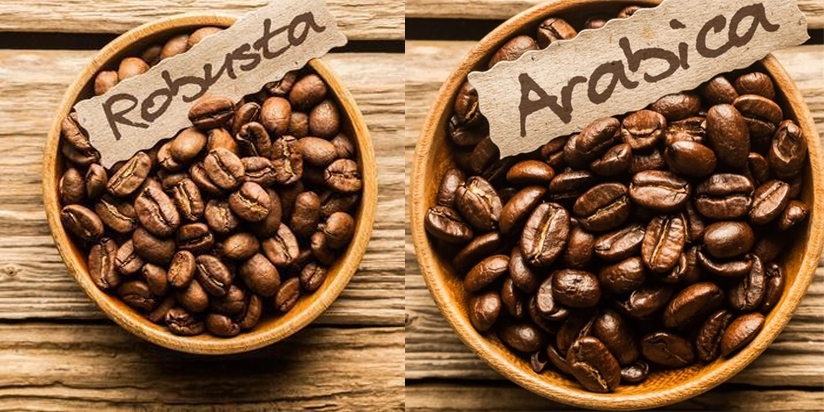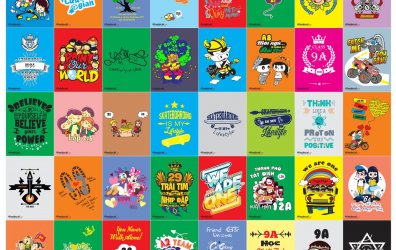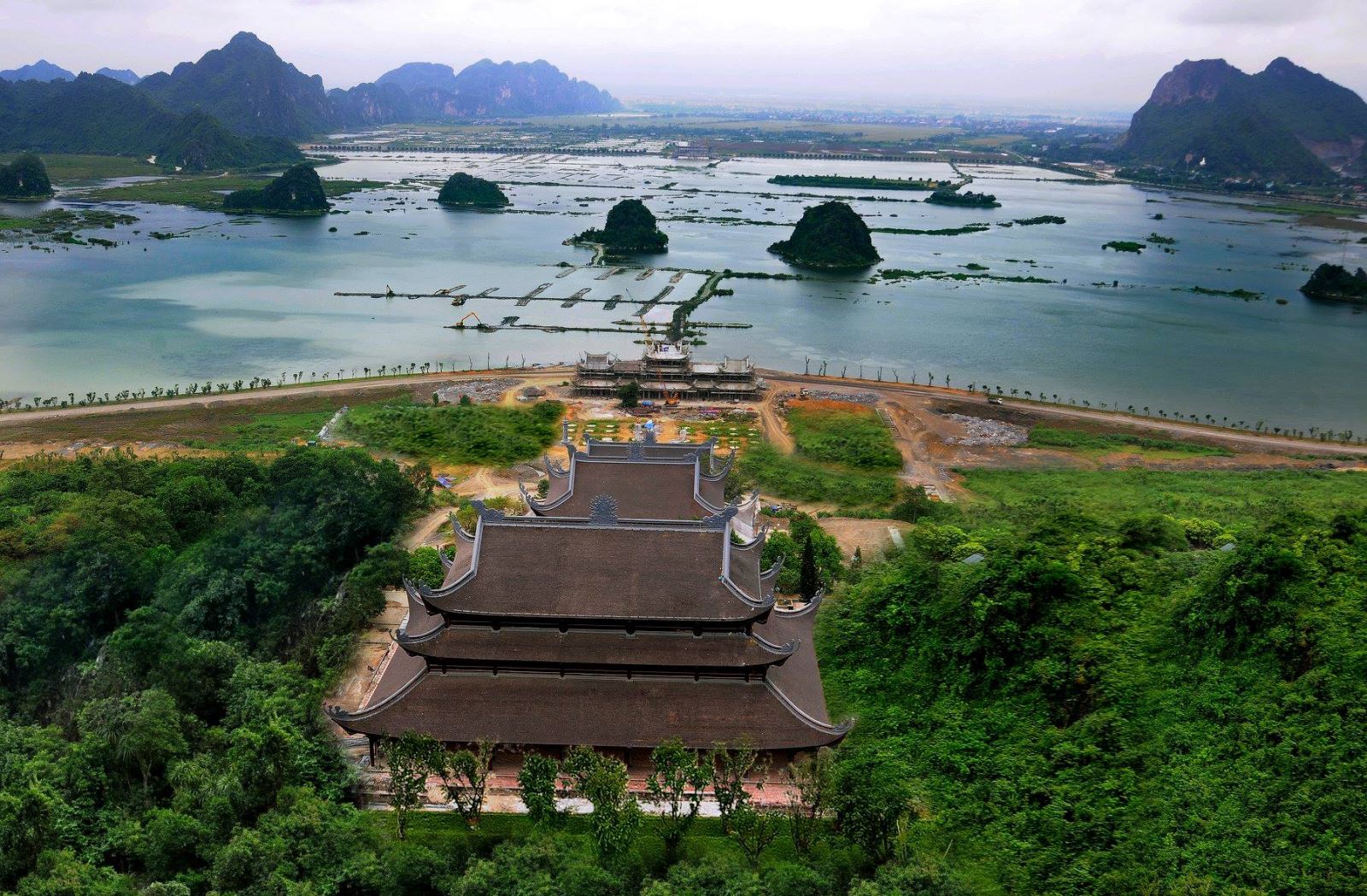V
vietnhan
Did you know that Vietnam is the second-largest coffee producer in the world? French colonizers of Vietnam in the 19th century brought baguettes, an alphabet system , and coffee to the Vietnamese people.
Vietnam has a thriving café culture today, where you can have coffee for less than $1 at any of the country's tens of thousands of street stalls, coffee shops, and restaurants. The International Coffee Organization reports that since 1990, the number of coffee users in Asia has doubled.
To learn about Vietnamese coffee , let's move on to the difference of 2 major types of coffee beans exported from Vietnam with LKS, the orbital pharmaceutical and farming products supplier coming from Vietnam.
Overview of the coffee beans in Vietnam
What distinguishes Vietnamese coffee from other types of coffee then? The robusta species, a tough plant that can grow at lower elevations, produces the vast majority of the coffee consumed in Vietnam. In terms of flavor, robusta coffee often has a stronger, nuttier, and darker flavor than arabica which is the other major kind.

Although arabica is less common in Vietnam, some farmers are starting to favor it more. Catimor, a well-liked sub-variety of arabica that originated from a hybrid arabica-robusta bean, is a common sub-variety of arabica in Vietnam. Vietnamese customers are currently being introduced to newer kinds like Bourbon and Typica by regional innovators like the coffee shops Bosgaurus and La Viet.
Which is better, then? The key factor is ultimately personal preference. Arabica is typically preferred in the West due to its fruitier, lighter-bodied flavor. Consider the light, perhaps even citrus-y coffee from your favorite upscale coffee shop in New York City. However, robusta, whose robust character gives the nation's signature condensed milk coffee drink, the ca phe sua, its distinctive flavor, is the predominant coffee variety used in Vietnam.
Vietnam has a thriving café culture today, where you can have coffee for less than $1 at any of the country's tens of thousands of street stalls, coffee shops, and restaurants. The International Coffee Organization reports that since 1990, the number of coffee users in Asia has doubled.
To learn about Vietnamese coffee , let's move on to the difference of 2 major types of coffee beans exported from Vietnam with LKS, the orbital pharmaceutical and farming products supplier coming from Vietnam.
Overview of the coffee beans in Vietnam
What distinguishes Vietnamese coffee from other types of coffee then? The robusta species, a tough plant that can grow at lower elevations, produces the vast majority of the coffee consumed in Vietnam. In terms of flavor, robusta coffee often has a stronger, nuttier, and darker flavor than arabica which is the other major kind.

Although arabica is less common in Vietnam, some farmers are starting to favor it more. Catimor, a well-liked sub-variety of arabica that originated from a hybrid arabica-robusta bean, is a common sub-variety of arabica in Vietnam. Vietnamese customers are currently being introduced to newer kinds like Bourbon and Typica by regional innovators like the coffee shops Bosgaurus and La Viet.
Which is better, then? The key factor is ultimately personal preference. Arabica is typically preferred in the West due to its fruitier, lighter-bodied flavor. Consider the light, perhaps even citrus-y coffee from your favorite upscale coffee shop in New York City. However, robusta, whose robust character gives the nation's signature condensed milk coffee drink, the ca phe sua, its distinctive flavor, is the predominant coffee variety used in Vietnam.




